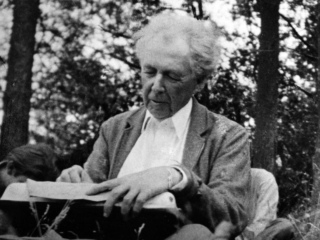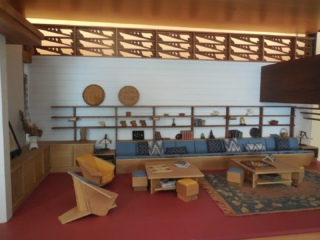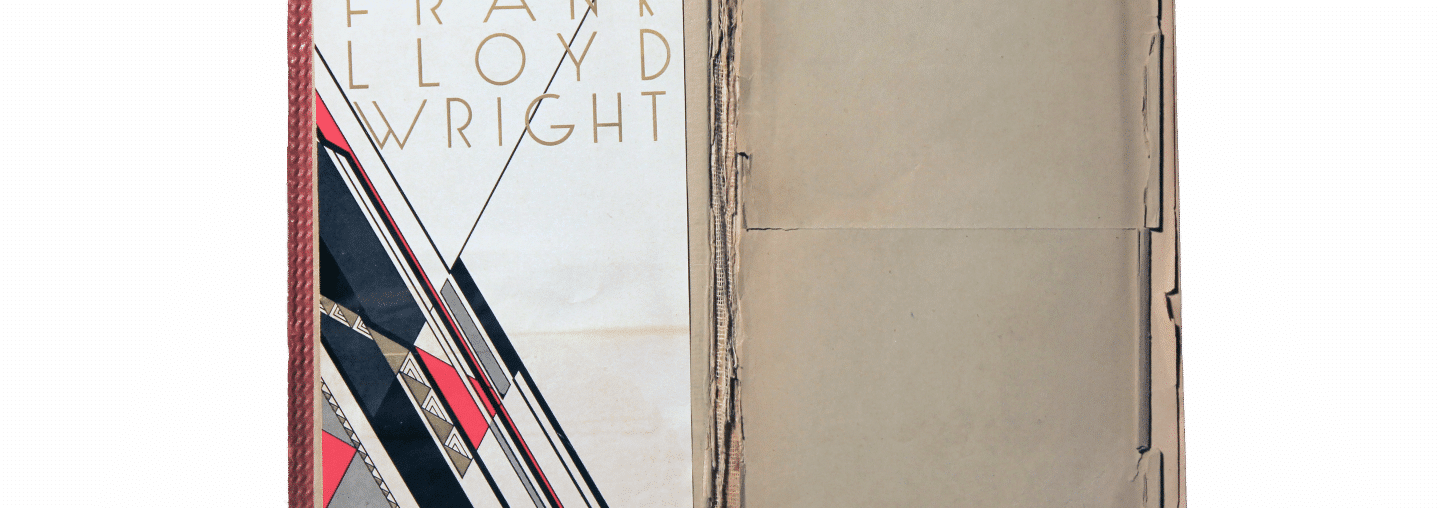
The Personal Library of Frank Lloyd Wright Gets a New Website
Paul Turner | Jul 15, 2020
Architectural historian Paul V. Turner, collaborating with the Stanford University Library, has developed a database and website devoted to Frank Lloyd Wright’s library. The books that inspired Wright’s life, philosophy, and work are compiled and discussed in this website, which has just now been made public.
For about three years I’ve worked on reconstructing Frank Lloyd Wright’s “library”—defined as all the surviving books Wright owned, and the lost books that can be identified, as well as works he is known to have read, even if he didn’t own them. A website has now been created for this project, in collaboration with the Stanford University Library. The site’s URL is flwlibrary.sites.stanford.edu.
Wright had an extraordinary passion for reading, throughout his life—not only for books on architecture and the other arts, but for poetry, novels, drama, and books on history, philosophy, economics, and other subjects. His own writings are full of references to books he read and his views on them; in his autobiography, for example, he speaks of authors and books he read in each period of his life.


In April, 2017, when I was at Taliesin West to give a talk, I conferred with Margo Stipe, the archivist there. At one point I asked her what kinds of archival material were still at Talesin West, after the bulk of the archive had been transferred to the Avery Library in New York. Among the items she mentioned was “the Frank Lloyd Wright Library.” It occurred to me that I had never seen a catalog or description of the books Wright had owned, and I asked if one had ever been produced. Margo said that this had not been done, and explained why it would be a difficult undertaking. For one thing, the “Frank Lloyd Wright Library” at Taliesin West was only one of several groups of books that had belonged to the architect; others were at Taliesin in Wisconsin, the Avery Library in New York, and the Frank Lloyd Wright Research Center in Oak Park, Illinois. And there were additional collections, such as the “Olgivanna Lloyd Wright Library,” which no doubt contained some books that had originally belonged to Wright; but identifying them would be difficult or impossible. Moreover, many of Wright’s books had been dispersed or lost, either before or after his death, and therefore were in none of these known collections.
“Trying to determine which of these thousands of books were actually owned by Wright or accessible to him; personally examining the ones that survive; cataloguing them; and recording the results in formats suitable for an online database—all of this has been an on-going challenge.”
Since a knowledge of the books that Wright had owned or read, over the course of his life, could be helpful in understanding the architect’s intellectual development and the influences on his thought and his work, I decided to take up the challenge of trying to compile as complete a book catalog as possible. Margo Stipe helped me to get started by providing several book lists that did exist, as well as other relevant information. In 2018 I returned to Taliesin West for an extended period to examine and catalog the books in several collections there, including the “Frank Lloyd Wright Library,” the “Olgivanna Lloyd Wright Library,” and a group of Hillside Home School books, which had came into Wright’s possession when he acquired the school’s property in the 1910s.
In the meantime I was going through all of Wright’s writings, compiling the large number of his references to authors and books he had read over the course of his life—many of which are not represented in any of the collections of his surviving books. And I have found additional evidence for books Wright read in other sources, such as the writings of his apprentices and acquaintances. I also decided to include in the project the library of Louis Sullivan, since much of it was apparently accessible to Wright when he worked in Sullivan’s office from 1887 to 1893.

The total number of books in the various collections is large. In the “Frank Lloyd Wright Library” at Taliesin West: about 170 works. The “Olgivanna Lloyd Wright Library”: originally about 1,400 (although many of these no longer survive and are known only from a list of them; and only some of these are likely to have belonged to Wright). The Hillside Home School books: about 120. Books at Taliesin in Wisconsin: about 2,000 (though only a small number of them probably belonged to Wright). Books at the Frank Lloyd Wright Research Center in Oak Park (including a list of Wright’s mother’s books): about 200. Louis Sullivan’s books that were probably available to Wright: about 270. Trying to determine which of these thousands of books were actually owned by Wright or accessible to him; personally examining the ones that survive; cataloguing them; and recording the results in formats suitable for an online database—all of this has been an on-going challenge.
“His own writings are full of references to books he read and his views on them; in his autobiography, for example, he speaks of authors and books he read in each period of his life.”
From the beginning of my work on this project, I have conferred with other Wright scholars, who were encouraging and have given me suggestions and advice. One issue was whether the project should be presented in a traditional monograph or an online database; the consensus was that it should be a database (at least at first), in order to make it widely available to the public, and to allow additions and corrections as more information is discovered. Then the question was where the database would be hosted. The most logical institution was the Avery Library, since it now has the bulk of the Wright archive. The directors there were favorable to the project but decided that they were not able to host the database. In the meantime, I had been conferring with staff members of the Stanford University Library, who became enthusiastic about the project and eventually determined that Stanford could create an online database for it. After a year of working on the website, we have decided that it is ready to be released to the public. We can still, however, make changes to the site—either improvements in the way the website is structured, or the addition of information on Wright’s library and the books he read. Users of the site are encouraged to write to me with comments or suggestions of this sort. My contact information is provided on the site.
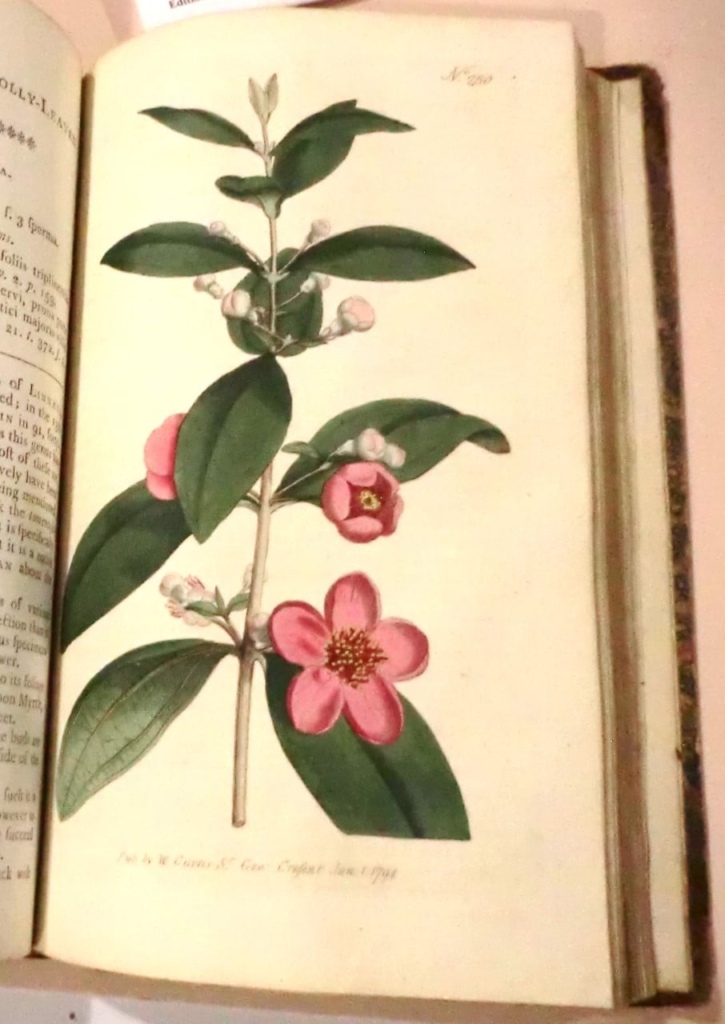
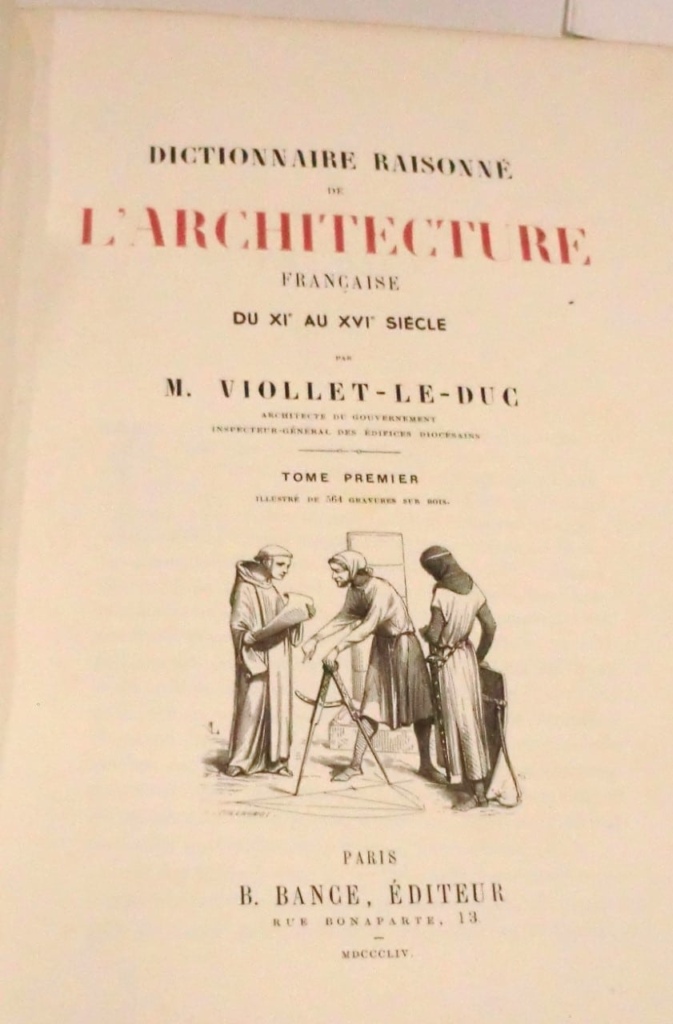
Many people have assisted me in this project—among whom are the following. At Taliesin West: Margo Stipe, Elizabeth Dawsari, and Indira Berndtson. At Stanford University: Vanessa Kam, Glen Worthey, and Marie Saldaña. Media historian Abby Smith Rumsey. David Bagnall, of the Frank Lloyd Wright Trust. Kyle Dockery, Collections Coordinator, Frank Lloyd Wright Foundation. And Stuart Graff, president of the Frank Lloyd Wright Foundation. Among the Wright scholars who have given me new material for the database, or advice and encouragement on the project: Anthony Alofsin, David G. De Long, Kevin and Elaine Harrington, Richard Joncas, Neil Levine, Richard Longstreth, Ken Oshima, Jack Quinan, Lisa Schrenk, and Kathryn Smith.
Frank Lloyd Wright’s love of reading was a crucial force in his life and work. This website will, I hope, contribute to a more complete understanding of the multifaceted character of the architect.
ABOUT THE AUTHOR
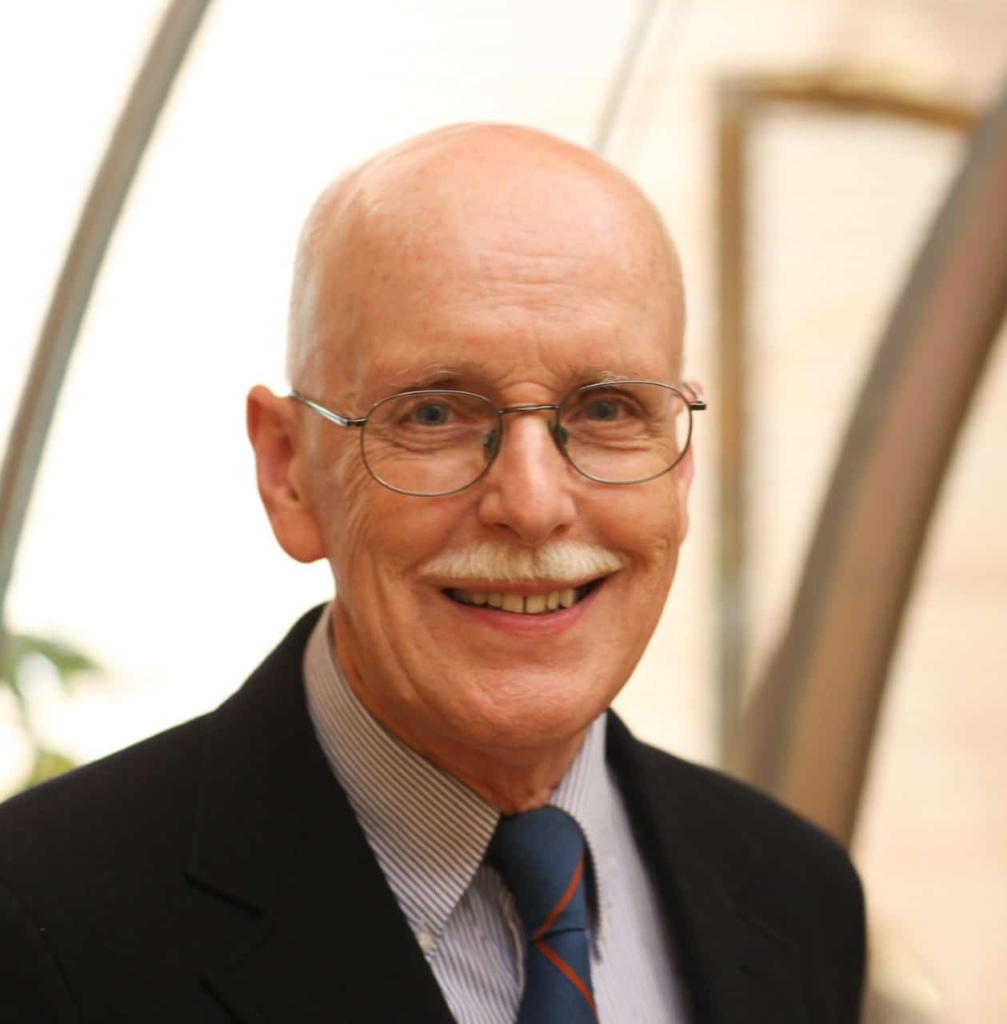
Paul V. Turner was trained as both an architect and an art historian. He taught the history of architecture at Stanford from 1971 to 2006. His publications include works on the architects Le Corbusier, Frank Lloyd Wright, Joseph Ramée, and the history of the American campus. (His book Campus, An American Planning Tradition, won the Society of Architectural Historians’ Hitchcock Prize, for the best book on architecture in the year 1984.) Following the Loma Prieta earthquake of 1989, which seriously damaged Frank Lloyd Wright’s Hanna House, on the Stanford campus, Turner chaired a university committee which oversaw the complicated process of restoring the house. This experience increased his long-held interest in Wright, and he wrote a book on the architect’s work in the Bay Area, Frank Lloyd Wright and San Francisco, which was published in 2016. In 2017 he began work on a project to reconstruct Wright’s library, which has now produced the digital database and website that are described in this blog. Earlier this year he was named a 2020 Fellow by the Society of Architectural Historians.

